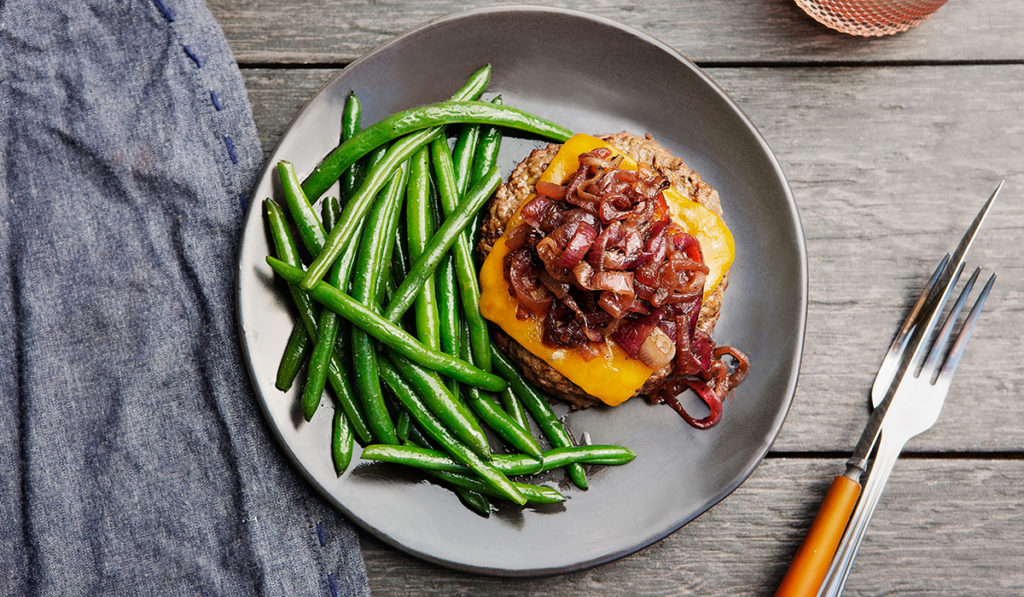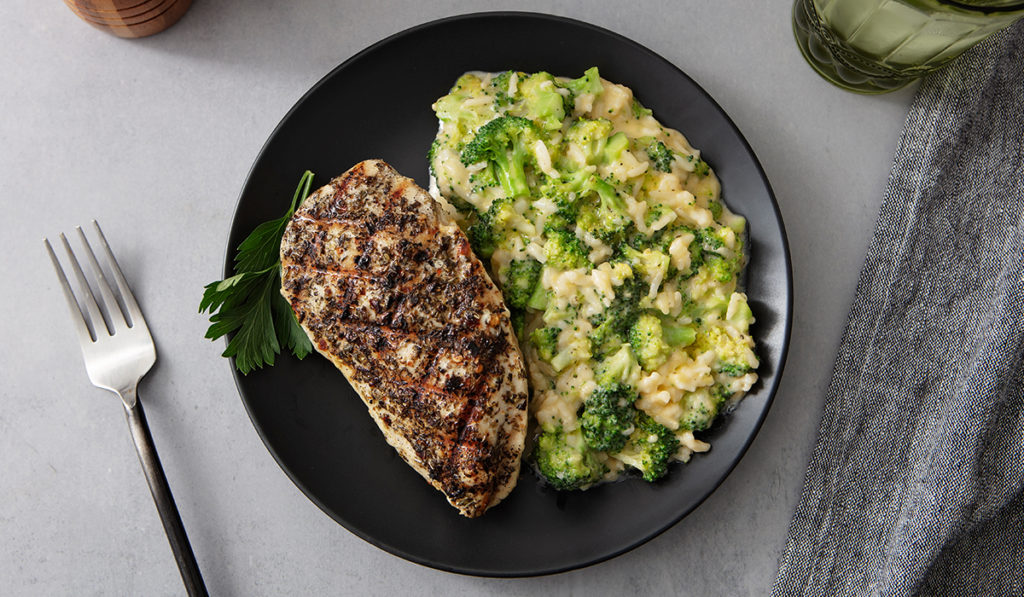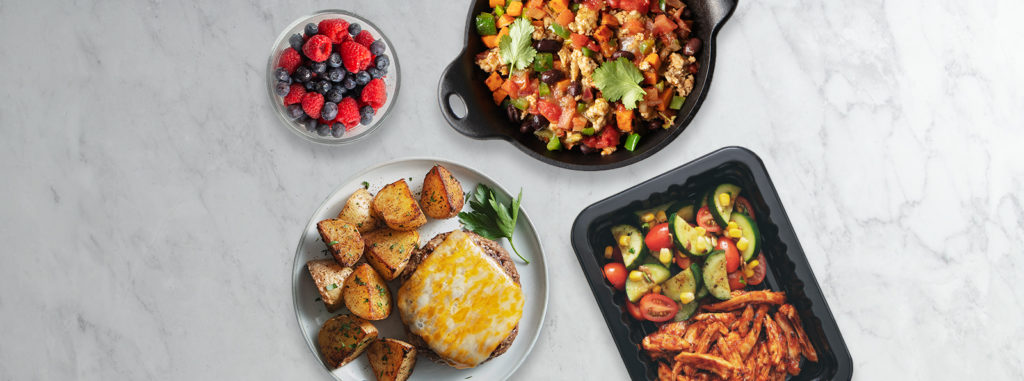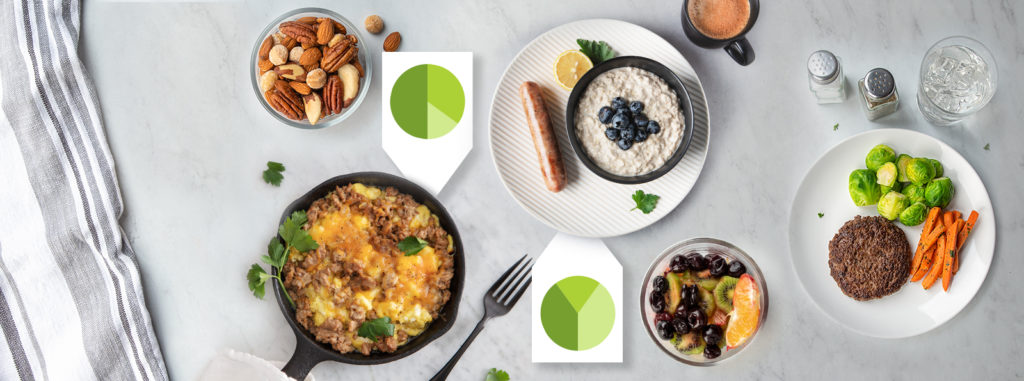Summertime is full of “beach body” marketing and quick fix gimmick diets, and while fat loss is a great goal it’s not necessary to take an extreme approach. Lay the groundwork of healthy habits you can maintain beyond the summertime with these tips and a sample meal plan.
Calories: How many do you need?
Calorie counting or consuming fewer calories than we burn is probably the most common method used to try and lose weight. While a reduction in calories can certainly cause “weight loss,” it has many flaws. It’s not healthy for any of us to stay in a calorie deficit forever and can cause real metabolic damage.
For example if you’re losing 1-3 lbs. a week (1 lb. a week for individuals who are carrying lower body fat levels, 2-3 lbs. a week for those carrying more body fat) you’re probably on the right track. If you’re losing more than 4 lbs. a week and feel abnormally fatigued, you would want to add 100-125 calories to avoid too much fatigue and burnout.
Additionally, not all calories are created equal. The quality of your calories matters.
Nutrient Density & Quality: What do you need?
Protein, carbohydrates and fats are the main nutrients our bodies use from food. Nailing down the ratio and prioritizing quality is key to fat loss or any other fitness goal for that matter. Targeting 1.2 to .8 grams of protein per pound of bodyweight for the day is a good starting point, and will help you feel satiated.
Timing your carbs later in the day can improve thyroid function and promote more restful sleep. The number of carbs you consume depends on many factors, so you might experiment with 40g-80g to see what works for you.
Fats are integral for hormones, but we only need so much. Including sources such as grass-fed beef, butter, wild-caught fish, coconut oil, olive oil and avocado oil will help you have a healthier omega 3:6:9 ratio. This is an improvement over using oils such as soy, corn, safflower, cottonseed and canola which are known for increasing inflammation.
Besides those protein, carb and fat ratios, focusing on quality foods like grass-fed, wild caught meat, and organic whole foods that aren’t processed will help your body operate better and get the additional nutrients it needs.
What to Eat in a Day
Calculated using a 1200 day calorie range. Learn more about calories and how to calculate your ideal fat loss calorie range here.
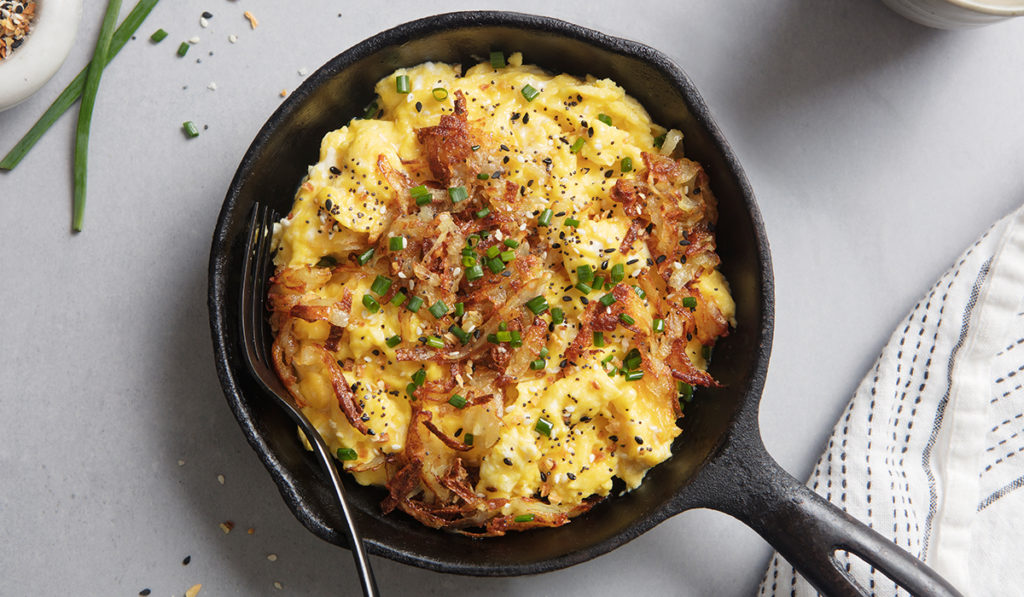
Breakfast | Everything but the Bagel Scramble

Dessert | Chocolate Chip Cookie
Want to design your own day? Check out the menu for ready-made meals, signature sides, premium proteins and desserts.
Extra Tips and Tricks for Fat Loss
I have been an athlete most of my life, and as a collegiate athlete I experienced firsthand the importance
- Plant-based foods and fiber-rich foods take up more space in your stomach, so you feel full more quickly during a meal and subsequently eat fewer calories overall. An easy trick to get the most out of your healthy meals is to eat the plant-based portion of your meal first (i.e. fruits, vegetables, salad), and eat lots of it; you’ll fill your stomach space with these micronutrient-rich foods and need less of the more calorie-dense “main course” afterwards.
- Beyond quality proteins and whole foods, prioritizing metabolism raising foods is another way to aid in fat loss.
- Brush your teeth after you’re done eating for the day. This tip is from Eric at Lift STL.
- Unsweetened cranberry juice is high in iodine, which can be helpful for fat loss because iodine speeds up the thyroid.

